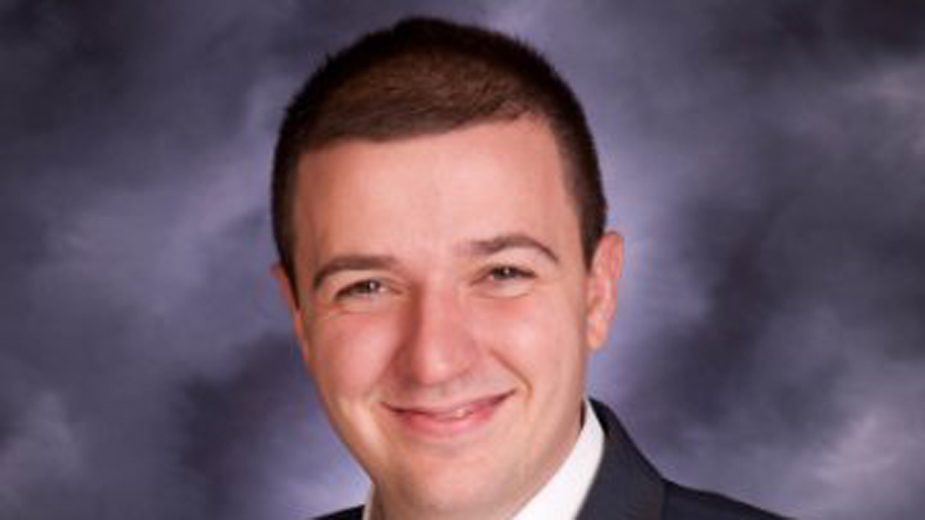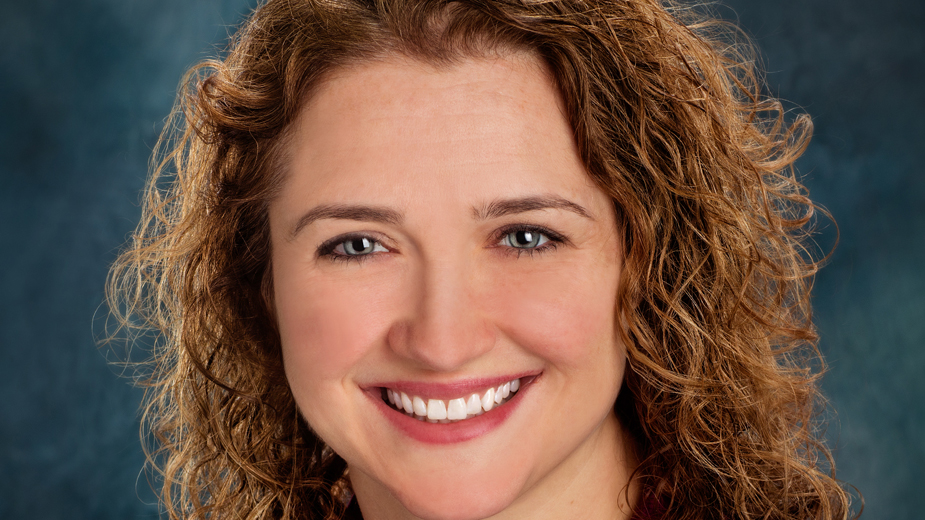Don’t Fear Public Speaking!
Tell a Story, Connect with Audience
Let’s start with the biggest issue when speaking in public: stage fright.
Greg Smith: Stage fright comes from a couple of different places. First, we are tribal beings. We are either honoring our tribe – the people we associate with – or we’re shaming them, which means we’re shunned. Sometimes, it can get to the point where you can be thrown out of the tribe. So, when you get up to speak, one of the greatest fears is being thrown out of the tribe, that you’ll be rejected from the tribe and you will no longer be a part of it. That’s a big part of stage fright.
Good public speaking is a skill. For people who have not been in that situation before, it’s new to them. It’s just the experience of standing up in front of a group and all eyes are on you.
Yet, if you think about it, we all know how to communicate. We all look in the mirror and talk to ourselves and we do it in the shower too. So, speaking isn’t the problem. It’s that whole atmosphere that you’re unfamiliar with.
Understanding is empowering. Not understanding is limiting.
What are some of the bad practices new speakers bring to the podium?
Smith: They use fillers. Fillers are about not being comfortable with pausing and silence and we feel that we have to fill every moment with sound. So we use “ands” and “buts” and “yeah” and “umm’s.” People will “umm” you to death.
Fillers come from not being comfortable with silence and it is the silence between the notes that creates the music. It’s that silence – that pause – that allows people to catch up to you and process what you are saying. If you don’t give them that time, they will absolutely miss parts of your talk.
You approach public speaking differently. For you, it’s not about giving information, it’s also about telling a story. Why is story so important?
Smith: If I ask you to tell me about the last three PowerPoint slides you saw and describe them in detail, you’d have a big problem.
But if I ask you to describe three stories you heard in your lifetime, you’ll nail them. That’s because the human brain is wired for story and there is a structure and a format to that story that we all naturally prefer. It’s been studied and identified.
If you know the elements of story and start talking in story – structuring your talks with story – people will retain that story.
It seems a lot of what you talk about requires a speaker to have real insight into who they are.
Smith: I think the way you connect with people is by being human. A lot of people use a joke, a quote, something outside themselves that everybody kind of likes and that can work. However, if you want a deep level of connection and trust, you have to give personal stories that show your vulnerability. We’re emotional creatures and until you understand how emotion is a common bond, you really can’t connect with people.
It’s good to show you are a human being and frail and are not perfect, even though that may feel embarrassing. Instead, you learn from those human experiences so you can tell others how you were transformed by whatever you went through.
It’s important to note that unresolved personal issues should not be shared – only things that you have grown from and resolved in your life.
Teaching people how to handle things and how to react to things and how to work through things is vital to success and the audience will listen to it.
How else does a good speaker connect with his or her audience?
Smith: You need to know who you are and what you stand for. You must have a deeply rooted sense of your purpose. When you do, it exudes out of you.
If the speaker is worried about anything else other than communicating a simple, crystal-clear point, it will absolutely dilute the talk.
How does a novice speaker go about structuring his talk?
Smith: Have the end in mind. You’ve got to know where you want your audience to end up then you work backwards with ONE crystal clear point that you’re trying to get across, that’s either persuasive or informative. You can’t do both. If you need me to do both, it’s two separate talks—each with its own way of re-setting the mind.
You mentioned outside resources people can use to improve their public speaking abilities, how about our local Toastmasters Executive Club?
Smith: The neat thing about Toastmasters is, whatever level you’re at as a speaker, you can go, and learn, and practice.
We are there to support, encourage and give our opinions that are helpful. Anything else is not acceptable.
What does one learn when he attends a Toastmasters’ meeting?
Smith: Whatever level you’re at as a speaker, you can go to Toastmasters to learn and practice. We are there to support. We are there to encourage. We are there to give our opinions that are helpful. And anything else is not acceptable.
Copyright 2024 The Business Journal, Youngstown, Ohio.


